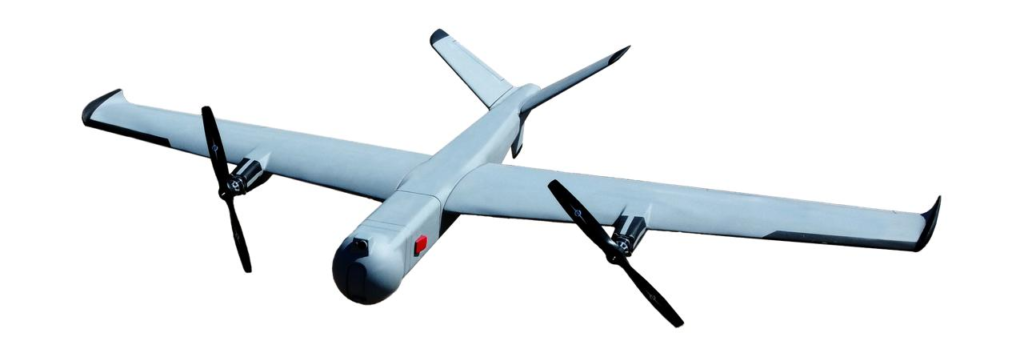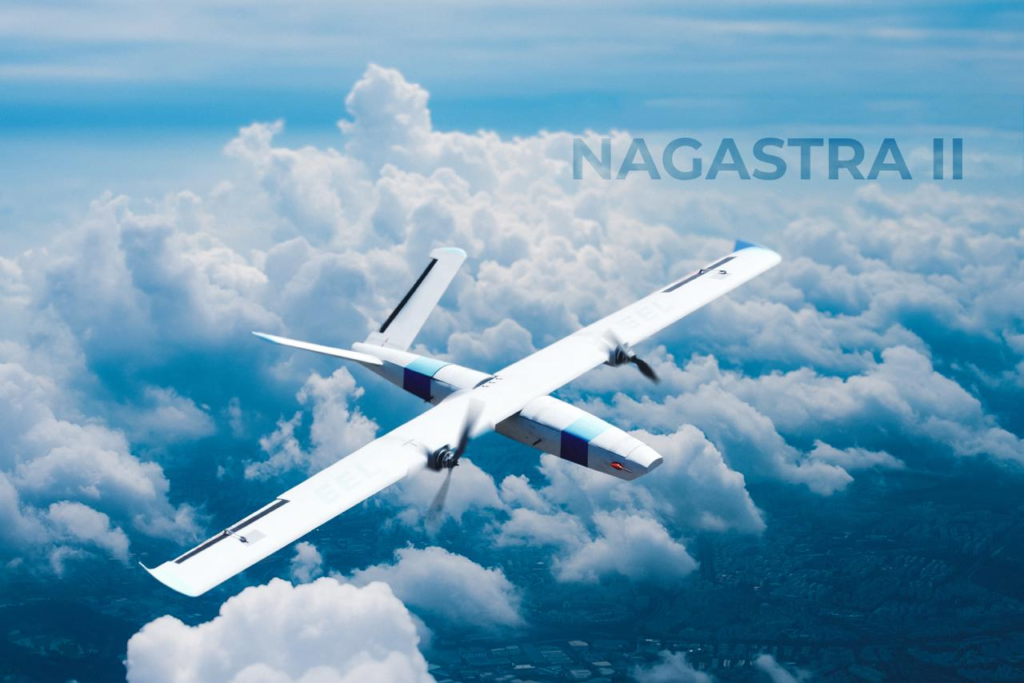In a significant advancement towards the Indian government’s initiative of achieving self-reliance in defense and ammunition systems, the Indian Army is set to induct its first indigenous loiter munition, Nagastra-1. Developed by Solar Industries, Nagpur, this cutting-edge technology represents a major milestone in the Atmanirbhar Bharat (Self-Reliant India) initiative.
The Indian Army has placed an order with Economic Explosives Ltd (EEL), a wholly-owned subsidiary of Solar Industries, for the supply of 480 loiter munitions under an emergency purchase. Following a successful Pre-Delivery Inspection (PDI) conducted from May 20-25, EEL has delivered the first batch of 120 loiter munitions to the Ammunition Depot at Pulgaon.

Specifications and Capabilities
Nagastra-1, designed for precision strikes, can neutralize hostile threats with GPS-enabled accuracy, achieving a strike precision within a two-meter radius. This man-portable, fixed-wing electric UAV weighs nine kilograms and boasts an endurance of 30 minutes. It offers a man-in-loop operational range of 15 kilometers and an autonomous mode range of 30 kilometers. The electric propulsion system ensures a low acoustic signature, making it undetectable by enemies at altitudes exceeding 200 meters.

Equipped with day and night surveillance cameras, the loiter munition also features a one-kilogram high-explosive fragmenting warhead capable of defeating soft-skin targets. Notably, if a target is not detected or if a mission is aborted, the loiter munition can be recalled, making a soft landing with a parachute recovery mechanism, thus enabling multiple reuses. This ability to abort, recover, and reuse sets Nagastra-1 apart from similar systems developed by advanced nations.

Indigenous Development and Features
EEL has designed and developed Nagastra-1 with over 75% indigenous content in collaboration with Z-Motion Autonomous Systems Pvt Ltd, Bangalore. The system is highly portable, with a total weight of 30 kilograms distributed across two rucksacks, including the Ground Control Station, Communication Control, Payload, and Pneumatic Launcher.

Impact and Future Prospects
Drone technology has increasingly proven to be a force multiplier in military operations, as evidenced in recent conflicts such as those between Armenia and Azerbaijan, in Syria, the strikes on oilfields in Saudi Arabia, and the ongoing Russia-Ukraine conflict. In India, there has been a noticeable rise in drone-related incidents along the Northern Borders recently, underscoring the importance of advancing indigenous drone capabilities.

Most industries in India currently lack the expertise and facilities required for developing combat-ready drones and UAVs. However, Solar Industries has taken a proactive approach by developing weaponized drones capable of neutralizing various targets using gravity drop bombs, guided missiles, or in kamikaze mode as loiter munitions. The successful development of Nagastra-1 marks the beginning of many anticipated advancements in indigenous drone and UAV technologies.
The induction of Nagastra-1 is expected to significantly enhance the Indian Army’s operational capabilities, contributing to the broader goal of self-reliance in defense technology and boosting the indigenous defense manufacturing sector.
